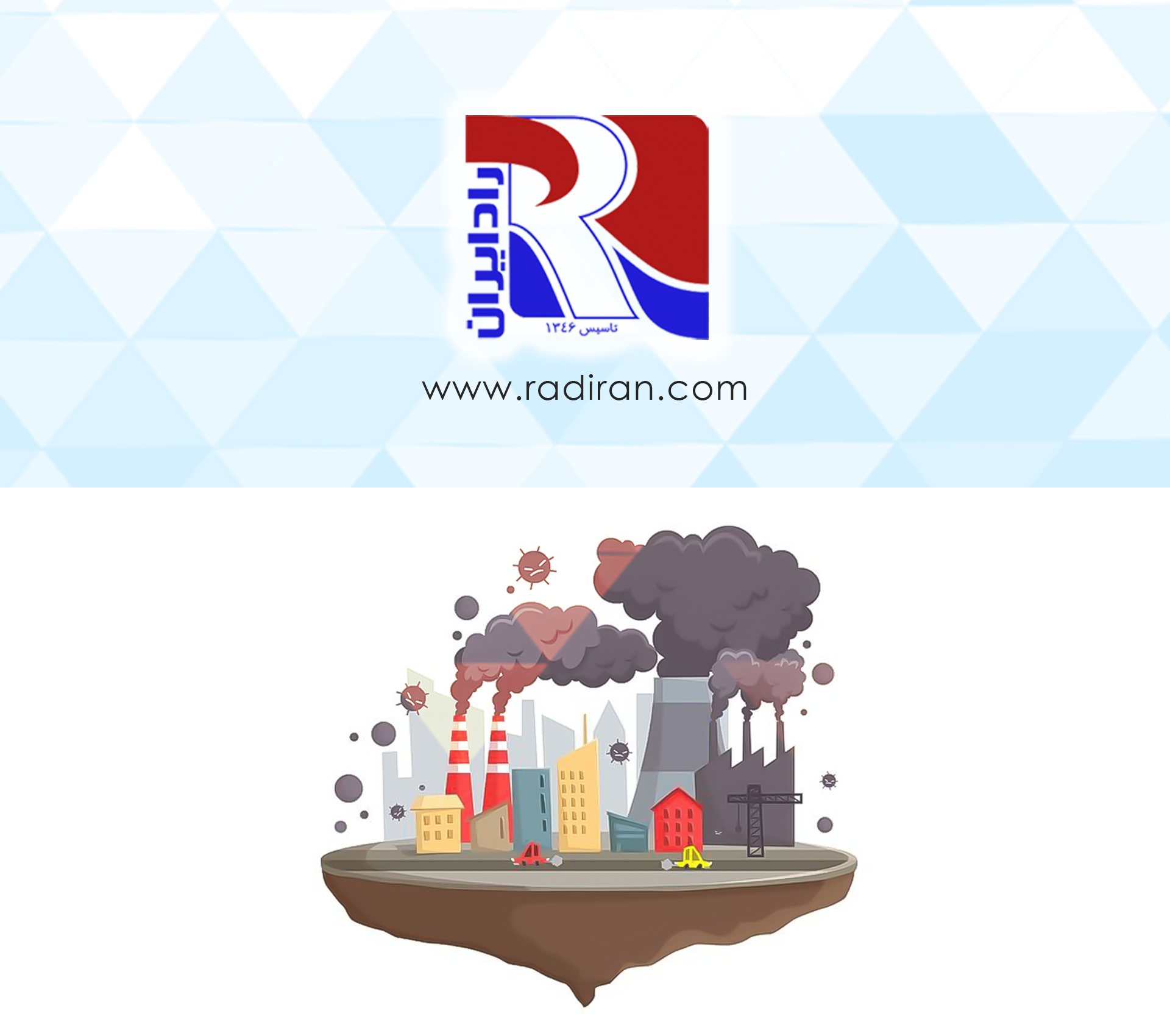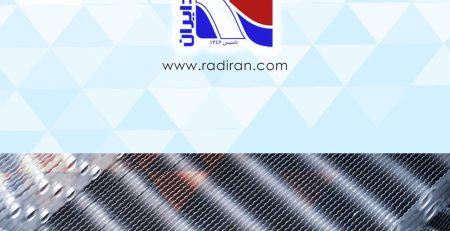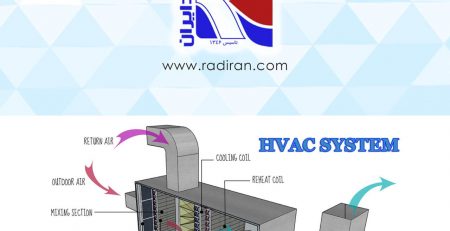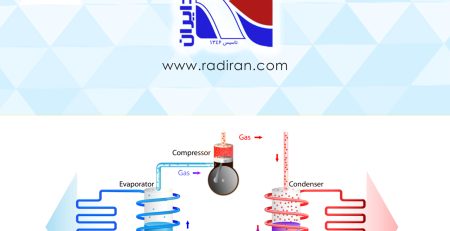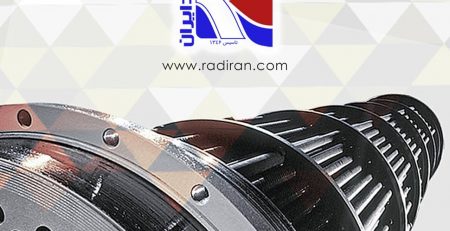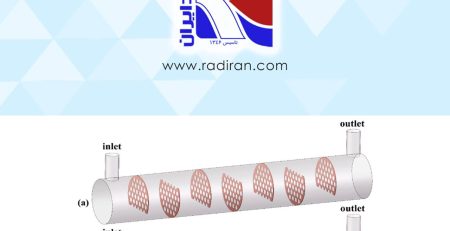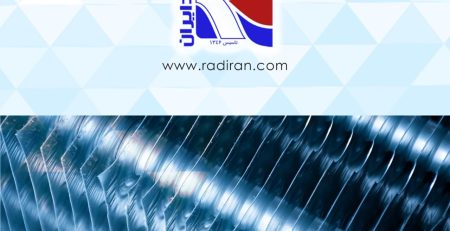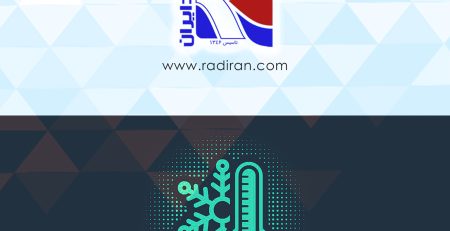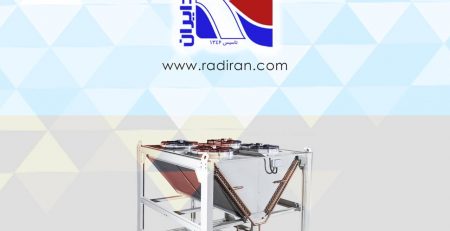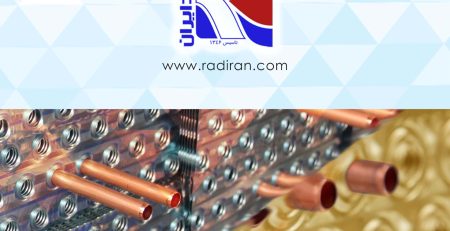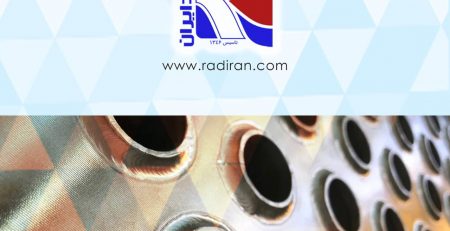The Impact of Environmental Pollution on the Performance of Water Coils
Introduction
Water coils are essential components in heating, cooling, and air conditioning (HVAC) systems. Their main function is to transfer heat between the fluid circulating inside the coil (usually hot or chilled water) and the air passing over the coil’s surface. However, the efficiency of water coils is heavily influenced by several external factors—one of the most critical being environmental pollution. In this article, we explore how various types of environmental pollutants affect the performance, efficiency, and lifespan of water coils and offer practical solutions to address these challenges.
Types of Environmental Pollutants Affecting Water Coils
- Dust and Airborne Particles
Dust, dirt, textile fibers, and industrial particulates can settle on coil surfaces, creating an insulating layer that interferes with effective heat exchange. These contaminants can clog fin gaps and obstruct airflow, which significantly reduces system efficiency.
Consequences include:
- Increased air pressure drop
- Reduced cooling or heating capacity
- Higher energy consumption
- Chemical and Corrosive Pollutants
In industrial areas or urban environments with high levels of pollution, gases such as sulfur dioxide (SO₂) and nitrogen dioxide (NO₂) can corrode the metal surfaces of coils, especially those made from copper or aluminum.
Corrosion leads to:
- Reduced coil lifespan
- Risk of leaks in tubes or headers
- Structural degradation of fins and tubing
- High Humidity and Biological Growth
Warm and humid environments can promote the growth of mold, fungi, and bacteria on coil surfaces. These biological contaminants not only degrade indoor air quality but also form biofilms that interfere with heat transfer.
How Pollution Impacts System Performance and Energy Efficiency
When coils become dirty or corroded, the HVAC system must work harder to achieve the desired temperature. This results in:
- Higher electricity bills due to increased compressor or pump load
- Decreased overall system efficiency
- Accelerated wear and tear on components
Studies have shown that even a thin layer of dust can reduce heat transfer efficiency by up to 30%.
Strategies to Mitigate the Effects of Environmental Pollution
Regular Maintenance & Cleaning
- Schedule routine coil cleaning using water or specialized coil cleaning solutions
- Apply anti-corrosion coatings or antimicrobial treatments
- Conduct periodic inspections to monitor contamination or damage
Smart Design Practices
- Use effective air filters upstream to block dust and debris
- Choose materials with corrosion resistance, such as epoxy-coated coils or hydrophilic/aluminum fins
- Install coils in protected or sheltered locations when possible
Environmental Control Measures
In high-pollution environments, consider implementing air purification, dehumidifiers, or industrial ventilation systems to control pollutant levels around HVAC equipment.
Conclusion
Environmental pollutants are often underestimated contributors to poor coil performance and system inefficiency. From dust and chemical corrosion to mold growth, these factors can significantly reduce the operational life and energy efficiency of water coils. By adopting proper design, maintenance, and environmental control strategies, businesses can ensure that their coils remain clean, efficient, and long-lasting.
Radiran Manufacturing Company is ready to help you design and manufacture high-performance water coils suited for your environmental conditions

